16th Mar 2023
Alessandro Mori’s Il Marroneto wines manage to cleverly combine Brunello's firmness, tenacity, and the ability to age with a hedonistic fragrance and a silky, seductive texture that wraps around you like a warm embrace.
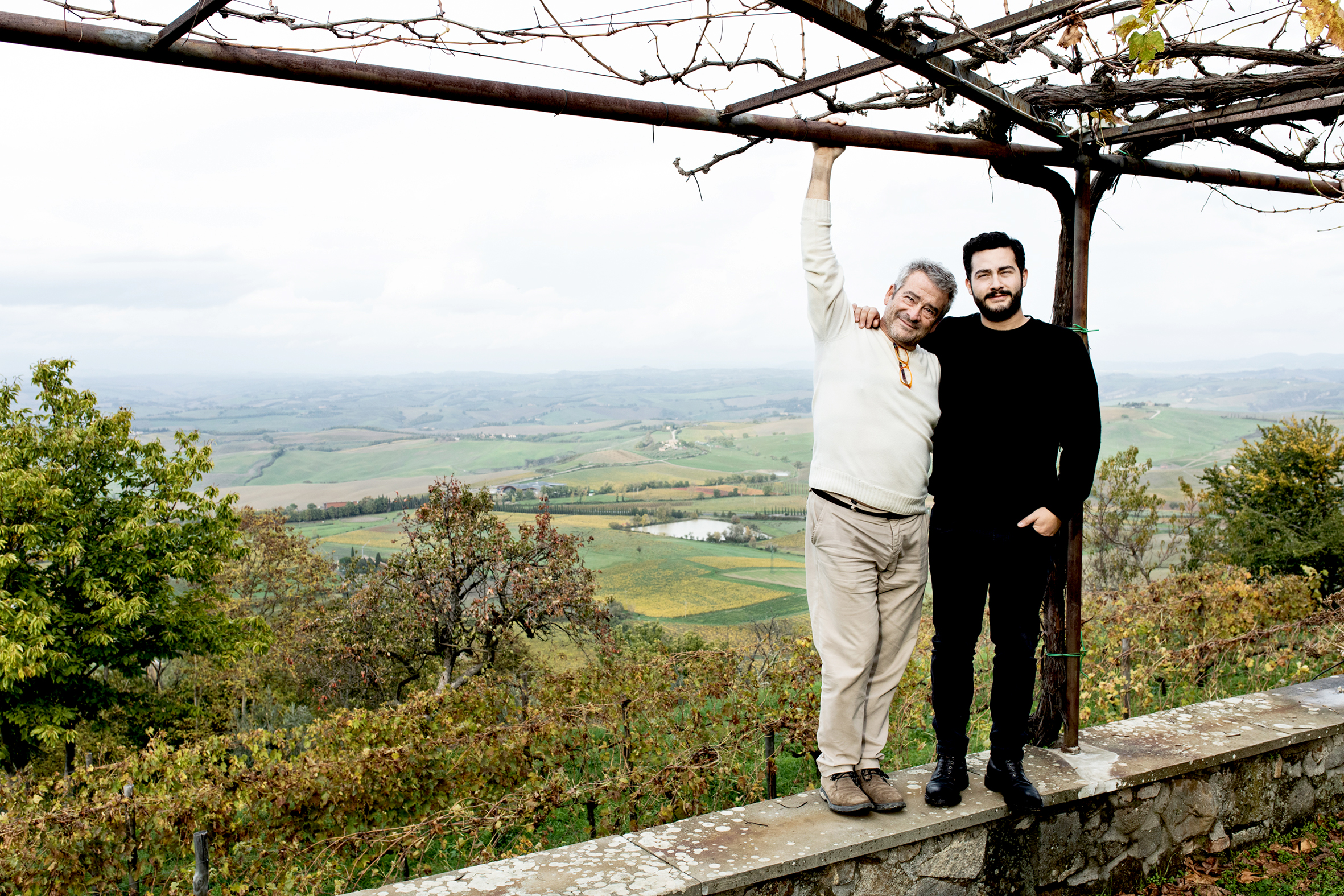
Our Lady of Grace
Alessandro Mori of Il Marroneto makes some of the best Brunello in the region. The Il Marroneto estate and its small 8-hectare north-facing vineyards are set down a very steep slope almost against the northern walls of the town of Montalcino at about 400 meters above sea level. When you get there, you are rewarded with majestic views of the Orcia valley below, with the city of Siena in the distance. It was this that so inspired Alessandro’s father, Giuseppe Mori, when he first saw the farm in 1974; the farm then had just a few olive trees, with vines growing alongside, but he was so impressed with the view that he bought the property the next day as a holiday home. Young Alessandro, with his brother Andrea, spent many happy holidays and weekends at Il Marroneto at this time, tending the olives and the vines with his father Giuseppe and his mother Maddalena, a pharmacist, who taught Alessandro about what he calls “the cure of the wine.”
Alessandro Mori of Il Marroneto makes some of the best Brunello in the region.
The Mori family had its origins in Siena, where some members of the family still live. They were a family of lawyers, and his father had many clients in Montalcino.When, in 1993, he became disillusioned with life as a busy lawyer in Siena, it was natural for Alessandro to want to make a new life in a place he loved with the kind of work he loved. He moved with his wife and young son Iacopo into what was at the time the only habitable room in the ancient house on their estate at Montalcino. The house itself, known as Il Marroneto, dates from 1275 and belonged to a small chapel called Madonna delle Grazie (Our Lady of Grace), which stands above Alessandro’s oldest vineyard of the same name. It is from this vineyard that Alessandro now makes his best flagship wine: Il Marroneto Madonna delle Grazie made from a selection of the vineyard’s best grapes. This chapel was an important resting place for weary pilgrims on their journeys to the great medieval shrines of Europe. The nuns would give the pilgrims soup made with local herbs and bread made from chestnut flour (marroni is a type of chestnut). To make chestnut flour, the chestnuts had to be dried first, and the house Alessandro’s father bought was originally a chestnut store, hence the name Il Marroneto.
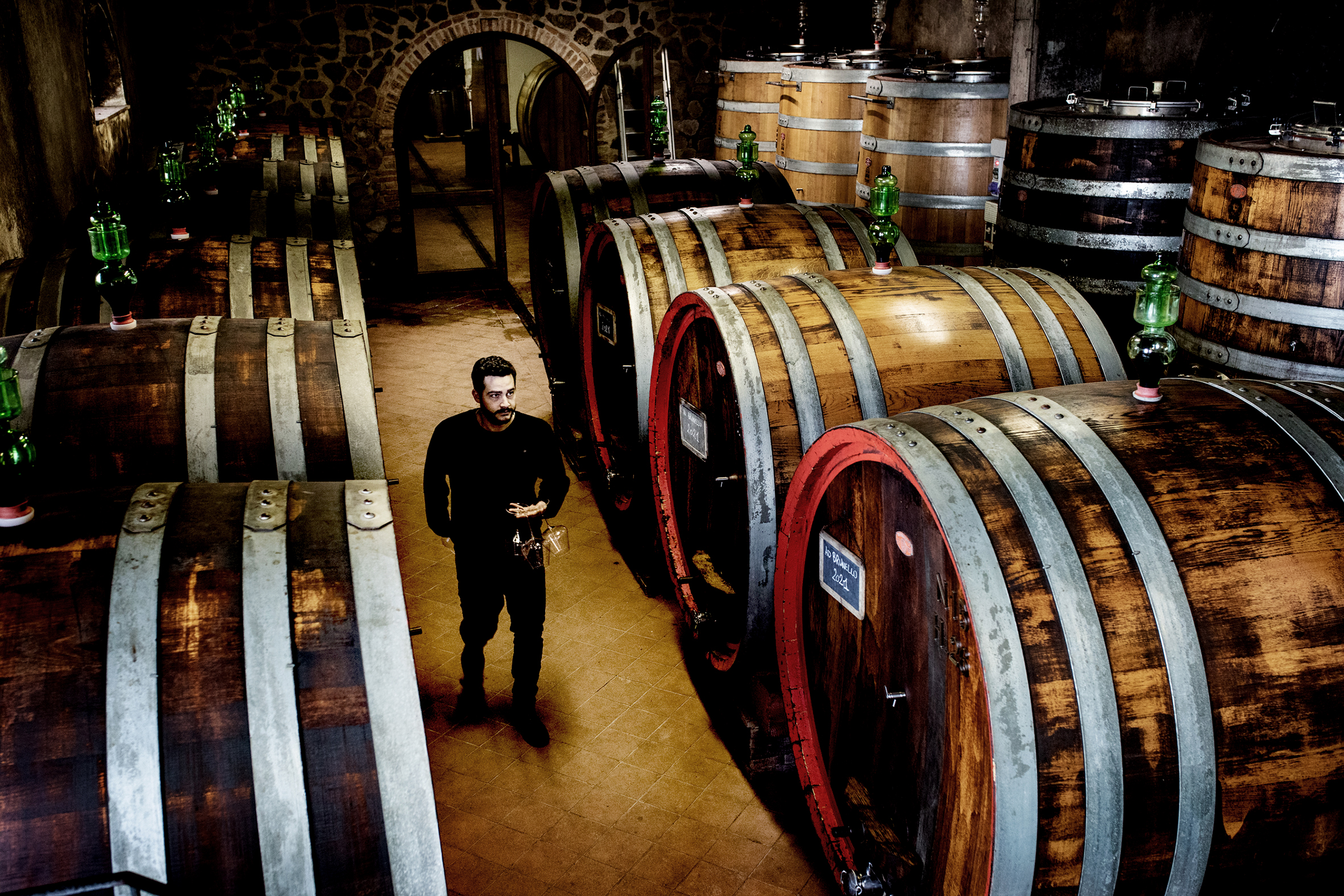
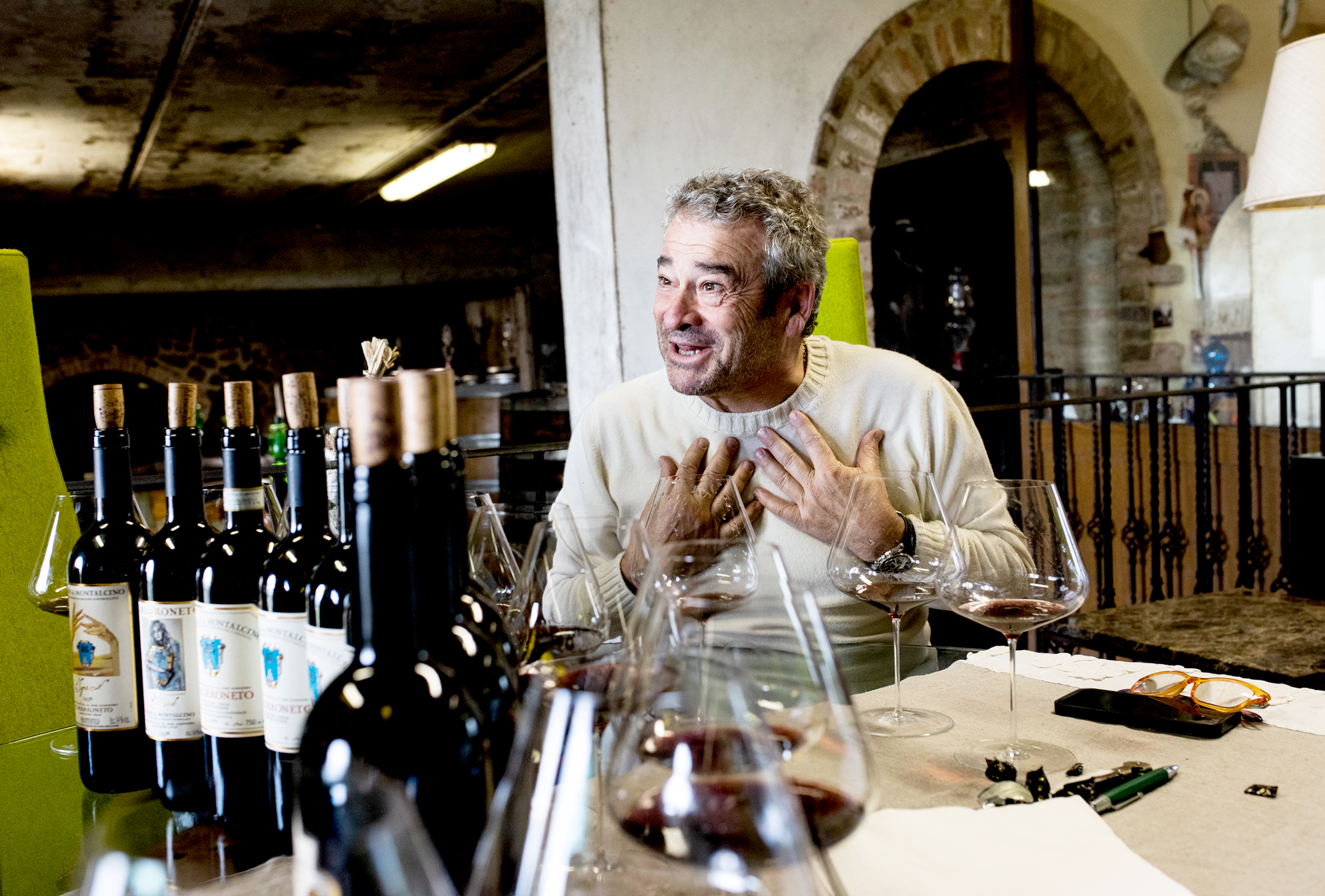
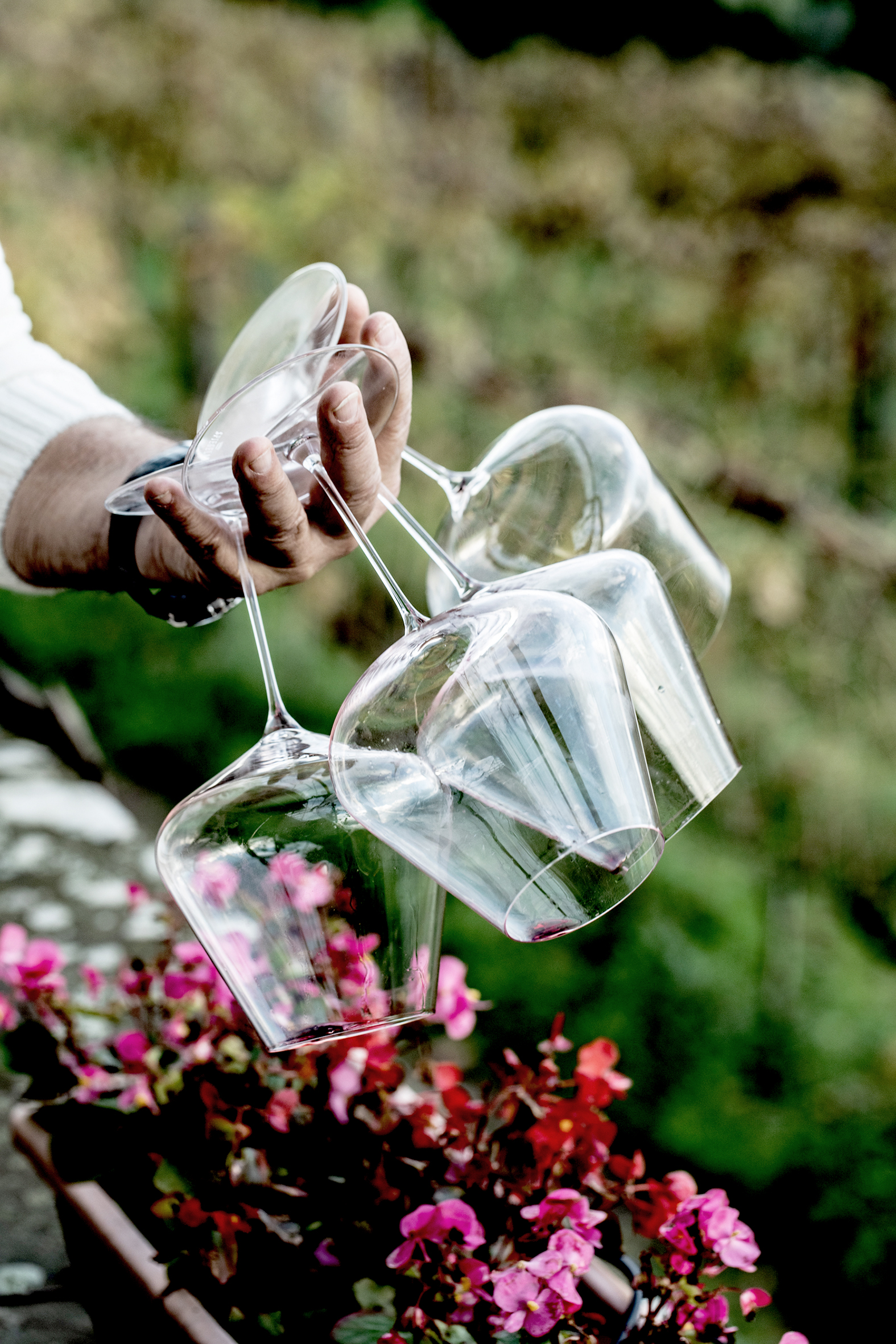
What I love so much about Alessandro’s wines is that they manage to cleverly combine Brunello firmness, tenacity, and the ability to age with a hedonistic fragrance and a silky, seductive texture that wraps around you like a warm embrace. Alessandro himself is a larger-than-life, warm, charismatic character who is refreshingly outspoken about the things he does not like as well as the things he does. He always acknowledges his teachers and mentors, two legendary names in Tuscan winemaking, Giulio Gambelli and Mario Cortevesio, who helped him coax the best from Sangiovese. These two great experts had two important principles in making great wine: an almost obsessive cleanliness in the winery; and allowing the wine plenty of time to mature. The mantra of Cortevesio was always, ‘respect, respect, respect’ - respect for people, respect for the environment, and respect for the vines. Guilio Gambelli was, for many Tuscan wine producers, “Il grande maestro del Sangiovese” - the supreme master of Sangiovese, and he believed in giving Sangiovese plenty of time to mature in botte.
Alessandro often calls out "Ciao ragazzi, see you tomorrow" to his beloved botte.
Alessandro describes himself as a “traditionalist” in winemaking partly because he uses large oak botte to mature his Brunello. These are traditionally made from Slavonian oak, but he also has some made from Allier oak. He is very much against the use of new oak and barriques, both of which became fashionable for a while among some producers. He also likes to make low-pH wines with high acidity that have the capacity for long aging. Whenever I go to visit, there is nothing Alessandro likes more than enthusiastically conducting me from one large botte to another to give me a few precious drops of the Sangiovese inside, registering my remarks on the big differences a particular botte can make to the wine. Alessandro is so fond of his large oak casks that he even has a lucky or magic botte, and when he leaves work at night, he often calls out “Ciao ragazzi, see you tomorrow” to his beloved botte.
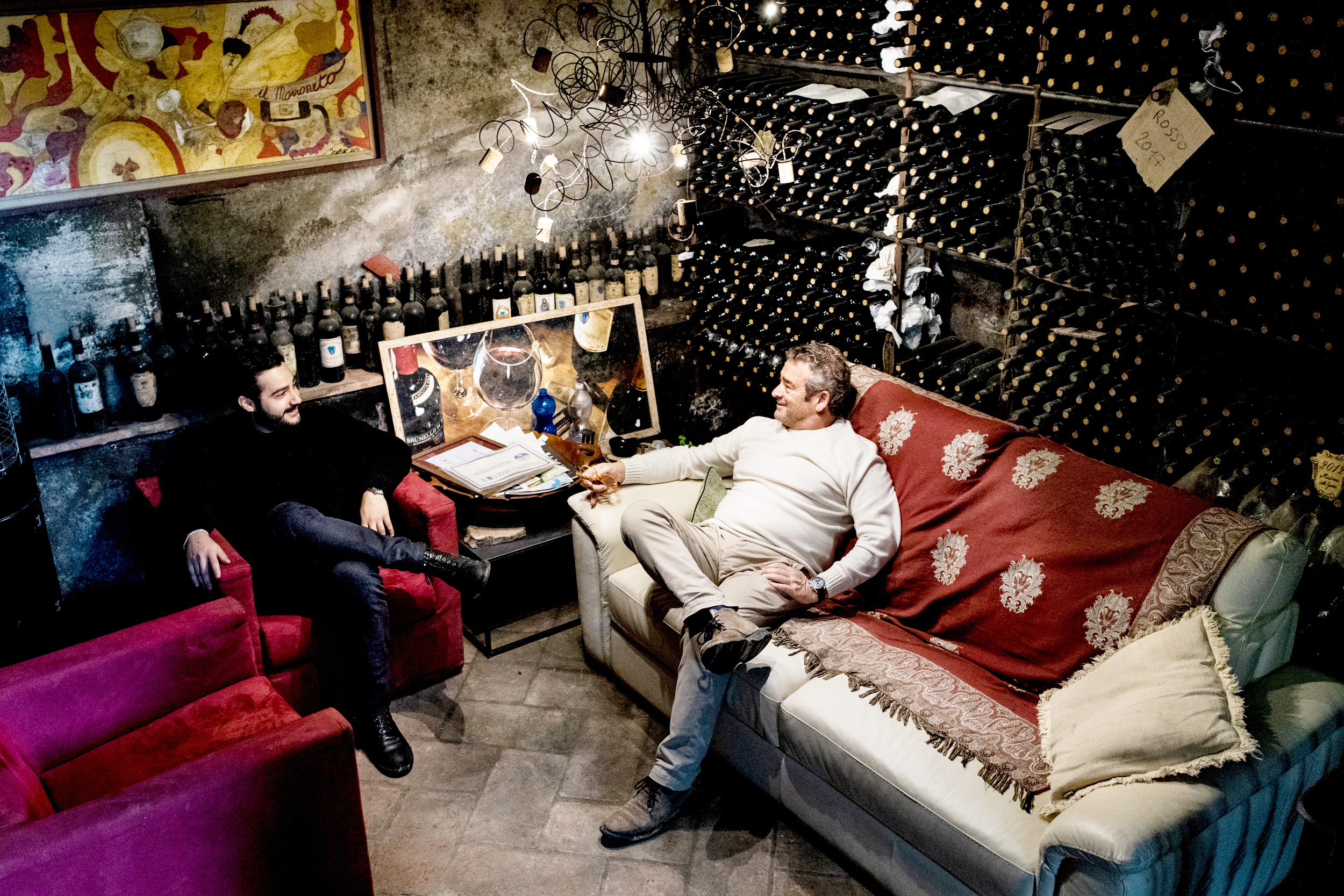
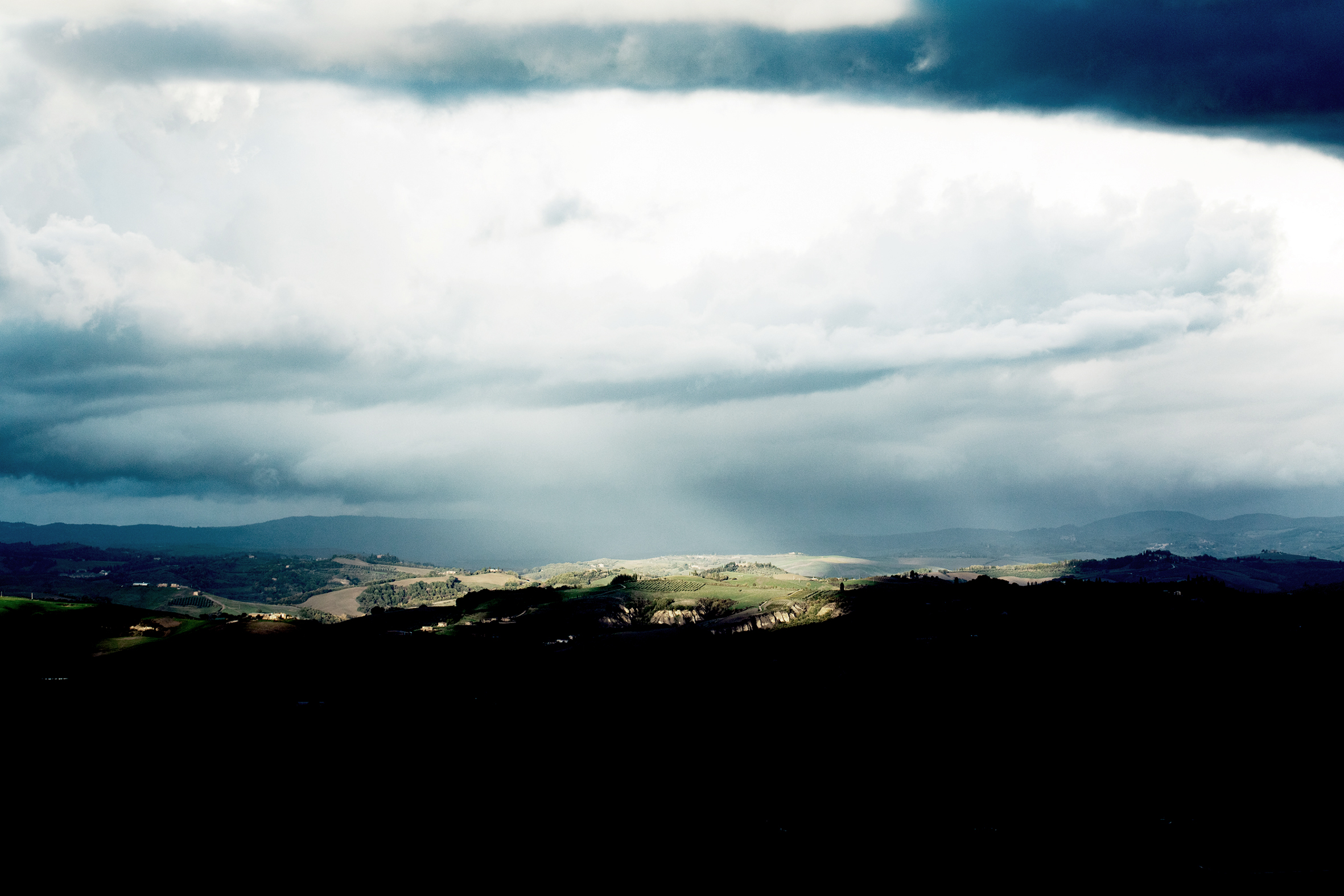
Alessandro’s son Iacopo joined him in the winery in 2019, and together they make four different wines: the Selezione Iacopo Rosso di Montalcino, which is Iacopo’s selection of some of the best barrels for the Rosso di Montalcino, Ignacio Rosso di Montalcino, Il Marroneto Brunello, and the aforementioned special selection Il Marroneto Madonna delle Grazie, made most years but not in 2002 and 2014. The Ignacio Rosso di Montalcino is named after a sweet memory: when Iacopo was a baby, he always wanted his father to pick him up and give him an embrace (“braccio” in Italian), but when Iacopo tried to say it, it came out as “Ignaccio.”
The two Brunellos are made in completely different ways. The Il Marroneto is a blend from three different vineyards and is fermented at a very high temperature, sometimes up to 40 degrees C. They try to extract as much as possible out of the Sangiovese for the first 48 hours with plenty of pump overs, then the wine is aged in large botte for three to four years. With the Il Marroneto Madonna delle Grazie however they do almost the opposite. When the grapes arrive at the winery from the vineyard, they sit untouched for the first 48 hours. The fermentation temperature is much cooler, at around 28 degrees C, and fermentation can take up to 3 to 4 weeks. The extraction is very gentle, almost an infusion, as if for Pinot Noir. The wine is also aged in large oak botte for three to four years before bottling.
How pleased Alessandro’s father Giuseppe must have been to see his enthusiasm for Il Marroneto develop into a lifelong passion in his son and now his grandson. Madonna delle Grazia – Our lady of Grace certainly continues to shine in these graceful wines.
Having tasted a vertical of ten wines of the most recent vintages when I visited last November, I feel the wines are getting better and better, despite recent different and challenging vintage conditions. The influence of Iacopo Mori, if anything, has been to make the wines even more precise and transparent aromatically, but whatever the reason, these wines are going from strength to strength. Having tasted a few barrel samples at the winery last November, I can’t wait to see the results from the very promising 2019 vintage next Autumn.
–
Article & Reviews by Susan Hulme MW
Photos by Svante Örnberg
See more work from Svante at svanteornberg.se by clicking here!

PRODUCERS IN THIS ARTICLE
> Show all wines sorted by scoreMore articles

Pilcrow’s New Releases
18th Apr 2024
7 tasting notes
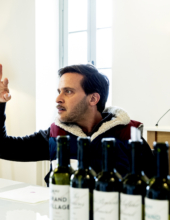
Bordeaux 2023 Primeurs Photo Essay
18th Apr 2024
0 tasting notes

Harlan Estate, BOND, Promontory 2021 and 2011
11th Apr 2024
14 tasting notes
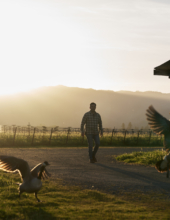
Favia 2012-2021
04th Apr 2024
17 tasting notes
Show all articles